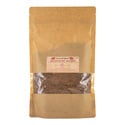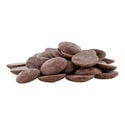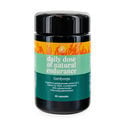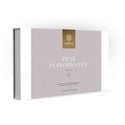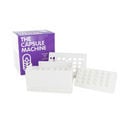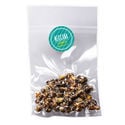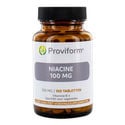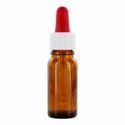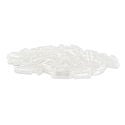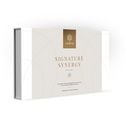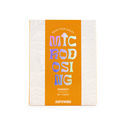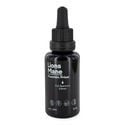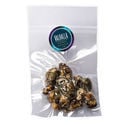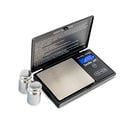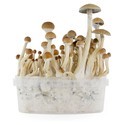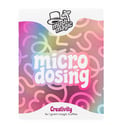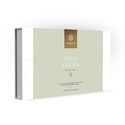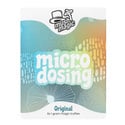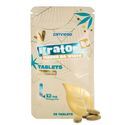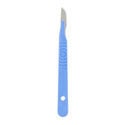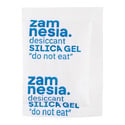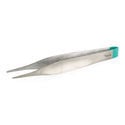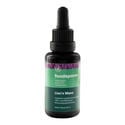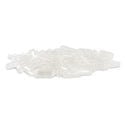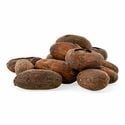-
Seedshop
-
Feminized
Cannabis seeds -
Autoflowering
Cannabis Seeds -
Regular
Cannabis Seeds -
F1 Hybrid
Cannabis Seeds -
CBD
Cannabis Seeds -
Zamnesia
Cannabis Seeds
-
Top 10’s
- Top 10 Feminized Seeds
- Top 10 Autoflowering Seeds
- Top 10 Regular Seeds
- Top 10 USA Cannabis Strains
-
Favourites
- Beginner Strains
- Below 1% THC
- Classic Cannabis Strains
- Cup Winners
- F1 Hybrids
- Fast Flowering Seeds
- High CBD Strains
- High THC Strains
- Mix Packs
- Zamnesia Exclusive Collabs
-
-
Headshop
-
Vaporshop
- Spare Parts & Accessories
- AirVape XS GO (2021)
- Arizer Air MAX
- Arizer Extreme Q
- Arizer Solo 2
- Arizer V-Tower
- Arizer XQ2
- Boundless CFC 2.0 Vaporizer
- Boundless CFX
- Boundless TERA (V3)
- CRAFTY+
- DaVinci IQC
- Dr. Dabber Boost EVO
- DynaVap VapCap "M" PLUS 2023
- DynaVap VonG (i) Titanium
- Flowermate Aura
- Flowermate Cap Pro
- Flowermate Slick
- Flowermate V5.0S Pro
-
Healthshop
-
Smartshop
-
Shroomshop
-
Growshop
-
Seedshop
All CategoriesSeedshop
- Autoflower Seeds
- Feminized Cannabis Seeds
- Zamnesia Seeds
- Zamnesia's Top 10
- CBD Seeds
- F1 Hybrids
- Seed Banks
- Mix Packs
-
Popular Strain Types
- Zamnesia Exclusive Collabs
- Classic Cannabis Strains
- Amnesia Seeds
- Haze Seeds
- Skunk Seeds
- Kush Seeds
- Purple Seeds
- Blueberry Seeds
- Cheese Seeds
- Diesel Seeds
- White Widow Seeds
- Gorilla Seeds
- Northern Lights Seeds
- Granddaddy Purple Seeds
- OG Kush Seeds
- Blue Dream Seeds
- Lemon Haze Seeds
- Bruce Banner Seeds
- Gelato Seeds
- Sour Diesel Seeds
- Jack Herer Seeds
- Girl Scout Cookies Seeds (GSC)
- Wedding Cake Seeds
- Zkittlez Seeds
- Pineapple Express Seeds
- Chemdawg Seeds
- Hindu Kush Seeds
- Mimosa Seeds
- F1 Hybrids
- Mix Packs
- Cup Winners
- Beginner Strains
- High THC Strains
- Fast Flowering Seeds
- Regular Cannabis Seeds
- USA Cannabis Strains
- Cup Winners
- Seedfinder
-
Vaporshop
All CategoriesVaporshop
- Top 10 Vaporizers
- Spare Parts & Accessories
- AirVape XS GO (2021)
- Arizer Air MAX
- Arizer Extreme Q
- Arizer Solo 2
- Arizer V-Tower
- Arizer XQ2
- Boundless CFC 2.0 Vaporizer
- Boundless CFX
- Boundless TERA (V3)
- CRAFTY+
- DaVinci IQC
- Dr. Dabber Boost EVO
- DynaVap VapCap "M" PLUS 2023
- DynaVap VonG (i) Titanium
- Flowermate Aura
- Flowermate Cap Pro
- Flowermate Slick
- Flowermate V5.0S Pro
- G Pen Elite II
- G Pen Micro+
- G Pen Roam
- Hyer Big-E Rig
- MIGHTY+
- PAX Mini
- PAX Plus
- PLENTY
- Puffco Peak Smart Rig
- Puffco Plus
- Storm Vaporizer
- The Proxy (Puffco)
- VOLCANO CLASSIC
- VOLCANO HYBRID
- Vapman 2.0
- Vapman Click
-
Smartshop
All CategoriesSmartshop
- Top 10 Smartshop
- Zamnesia Gift Cards
- After Party
- Aphrodisiacs
- Aromatherapy
- Blue Lotus
- CBD Vape Juice
- Capsule Machines
- Crystals, Gemstones & Minerals
- Dream Herbs
- Drug Tests
- Extracts
- Happy Caps
- Herbal Tea
- Herbs & Seeds
- Incense
- Kanna
- Kratom
- LSA Seeds
- Mescaline Cacti
- Microdosing
- Nootropics
- Relaxing
- Salvia divinorum
- Smart Seeds
- Stimulants
- Supplements
- Tinctures
- Vape Herbs
-
TRIBE
All CategoriesTRIBE
- My Membership
- Spend Gift Points
- TRIBE Sale
- Exclusive products
- Earn Extra Gift Points
-
TRIBE
- Early Access
- Refer a Friend
- Information
-
TRIBE
-
Language
 United States
United States
Monday, 29 December and Friday, 02 January 2026*
Everything You Need To Know About Microdosing Psychedelics And Cannabis
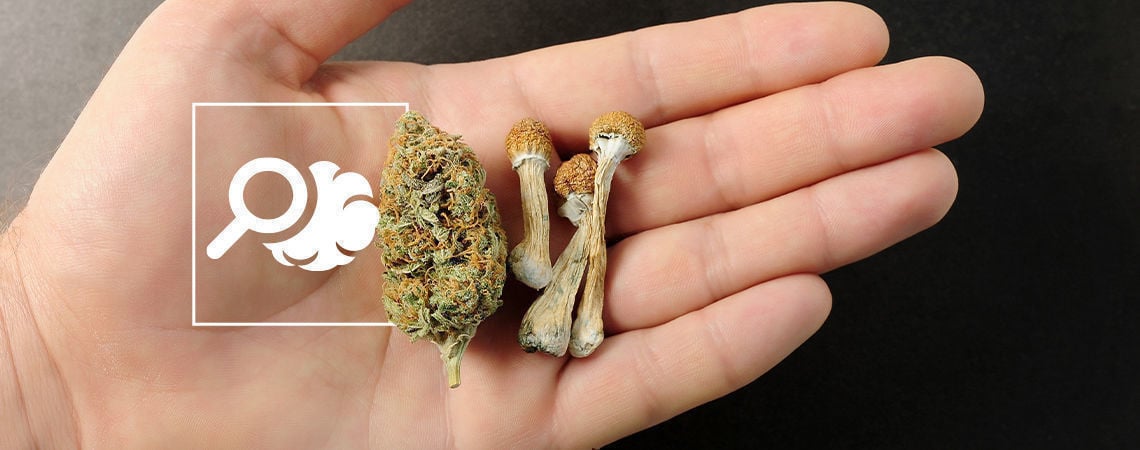
Everyone wants to try microdosing these days, even people who are usually very anti drugs. Each drug should be approached differently, but the general principles remain the same. Here we offer a general overview of the practice of microdosing.
Microdosing psychedelic and psychoactive substances is said to have a range of potential benefits. While it shouldn’t result in a psychedelic experience, it is thought to be able to lift people’s energy and cognition and can potentially change lives.
In this very simple overview, we explore microdosing in general, so you can get a sense of what it is, how it works, and if it’s for you. If it is, then we have more dedicated articles about specific drugs.
What is microdosing?
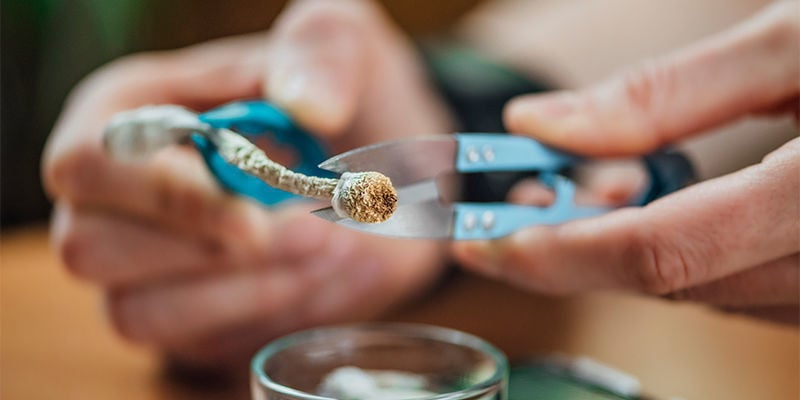
Microdosing is a slightly contested term, but the most common definition states that a microdose is sub-perceptual—that is, a dose of drug that cannot be consciously perceived by the user. Despite not having effects that can be perceived phenomenologically, microdosing is said to offer subtler effects that can accrue over time if a schedule is maintained.
While most microdosing guides suggest taking sub-perceptual doses, some proponents of microdosing take doses that are perceptible but don’t cause what most people would describe as a “high”. Rather, the effects of these perceptual doses are characterised by a slight heightening of the senses and perhaps increased energy. In reality, it’s very hard to draw a line between sub-perceptual and perceptual, as some people state that they feel energised on a sub-perceptual dose, whereas others argue that this feeling is inherently perceptual.
An easier way of thinking about microdosing is that it involves taking very small doses of a drug, leaving users able to continue with their day as normal.
How much is a microdose?
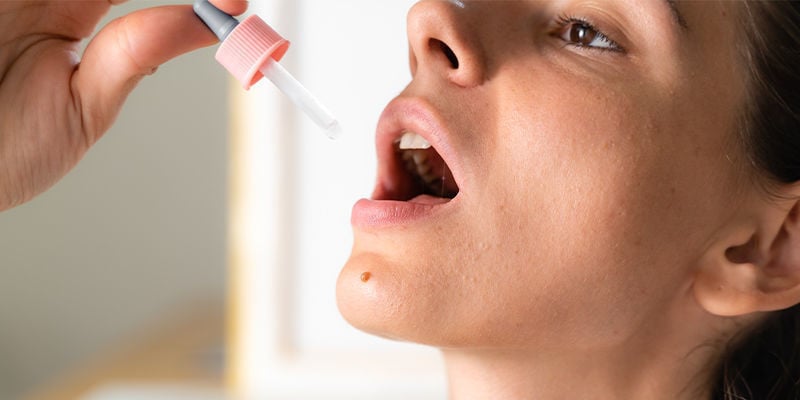
A microdose is commonly assumed to be between 1/10th and 1/20th of a normal dose. The amount not only differs greatly depending on the drug in question, but the specific strength of the drug as well. For reference, a typical psilocybin microdose could be around 0.1 grams of dried magic mushrooms.
But if you intend to start microdosing, it’s important to do some more in-depth research on your drug of choice to get an idea of where to start. And, most importantly, adjust the dosage to whatever feels right for you! Microdosing is by no means an exact science, so it’s up to you to decide what feels appropriate.
The origins of microdosing
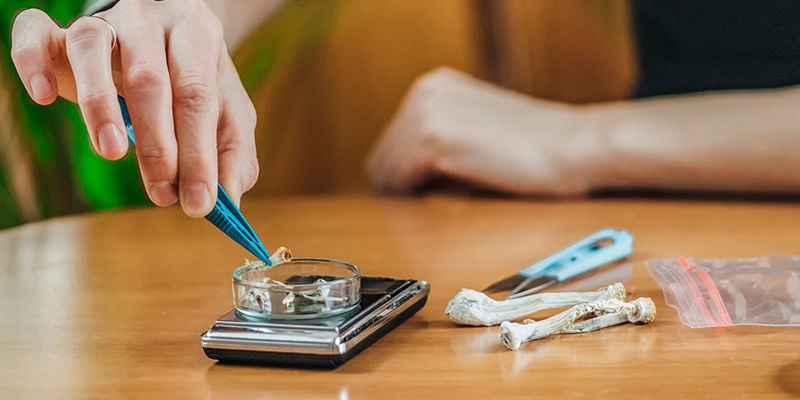
Albert Hofmann, the man who synthesised LSD, is said to be the first to suggest the practice microdosing. He claimed that doing so with LSD could have beneficial physical and mental effects. Hofmann himself microdosed into his old age, taking long walks through the woods on low doses of acid. And it seems he must have been doing something right, as he lived to 102.
Since then, Dr James Fadiman has become known as the “Father of Microdosing”. He conducted some of the most important research into psychedelics in the 1960s, before it became illegal. Since 2010, he has been the leading researcher and proponent of microdosing, and created the “Fadiman protocol”, which is the most popular microdosing schedule.
The recent popularity of microdosing can be traced to Silicon Valley in California. For better or for worse, it’s among software developers that the new microdosing craze took off. They claimed it made them happier, more productive, more efficient and, ultimately, richer—and so it spread.
And now there is growing evidence that microdosing can be helpful for people in a number of ways.
Which substances can you microdose?
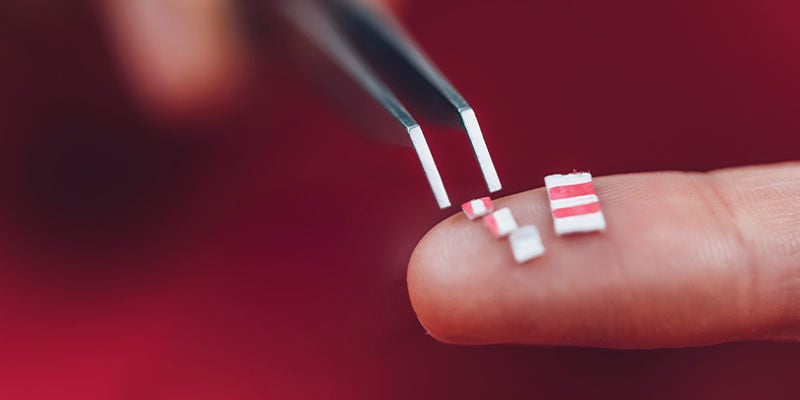
While microdosing began with LSD and psilocybin, the practice has been expanded to include the likes of various other drugs, including the following:
-
LSD: 10–20 micrograms
-
Psilocybin: 0.1 g of dried shrooms
-
Mescaline: 10 mg of freebase; 1–3 g of dried cactus
-
DMT: <10 mg
-
Cannabis: 2.5 mg of dried flower
-
Ketamine: 0.5 mg/kg
Microdosing cannabis vs psychedelics
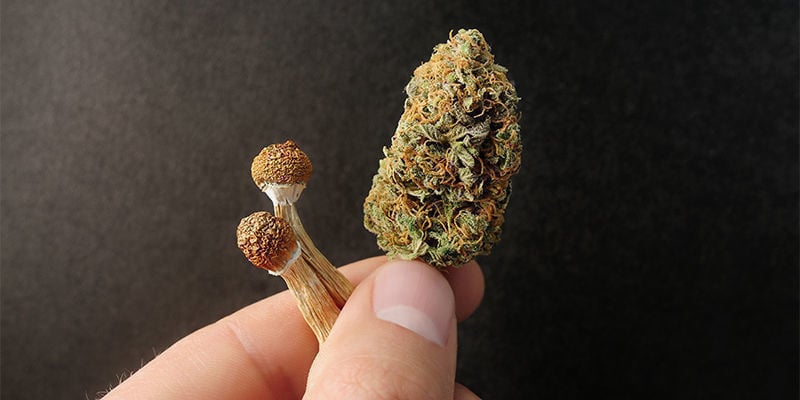
Depending on the intentions behind your microdosing practice, you might choose to microdose cannabis instead of psychedelics. While microdosing psychedelics is more understood, many people find microdosing cannabis to be an effective way to exploit the benefits of THC without feeling too inhibited or lethargic. For instance, for those who find cannabis to be helpful in regards to sleeping, but don’t want to get stoned every night, a microdose might be exactly what they need. The same is true for those who use cannabis in hopes of boosting energy.
Some even propose that microdosing CBD could be helpful, but this is an even less-understood practice. Though technically psychoactive, CBD is not inebriating, even at high doses. Therefore, it is unclear what benefit microdosing CBD would have over taking larger amounts.
Microdosing psychedelic and non-psychedelic mushrooms
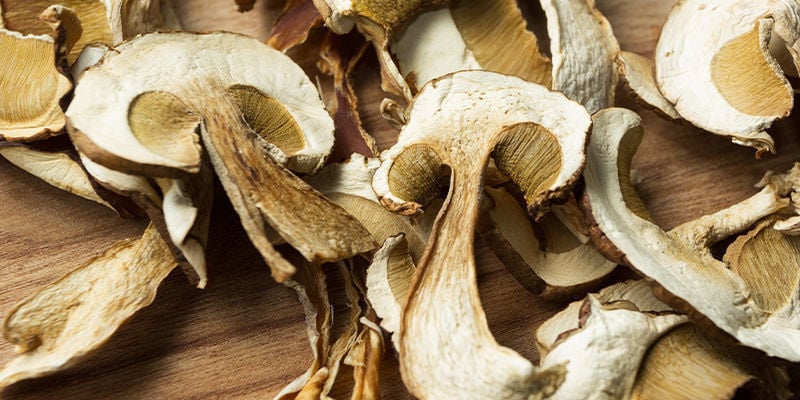
Many people start with microdosing psilocybin, as it’s easily done and safe if you inadvertently dose too high. However, non-psychedelic nootropic mushrooms are very popular these days, and some people like to microdose them too. These so-called adaptogenic mushrooms are said to offer a range of benefits, and science backs some of these claims up (Malík and Tlustoš, 2022).
Note that these mushrooms are not drugs, and therefore are unlikely to elicit a profound effect. A microdose is, in its broadest definition, a small dose of a substance that can have subtle mind-altering effects. As non-psychedelic mushrooms are at best very nutritious foods, “microdosing” them is little more than taking very small portions.
The benefits of microdosing
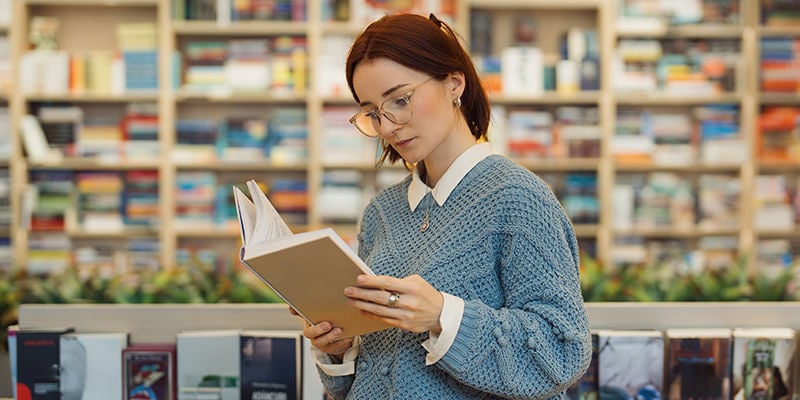
The benefits of microdosing haven’t been proven, but there’s plenty of anecdotal evidence to support it, and a growing body of scientific research is starting to back up certain claims. That said, the following are claims reported by the community—not proven facts.
Benefits of microdosing may include:
-
Improving creativity
-
Increasing feelings of general well-being
-
Increasing energy levels
-
Increasing empathy
-
Improving productivity
-
Helping with focus
-
Fostering beneficial change
- Helping with being present
Potential risks of microdosing
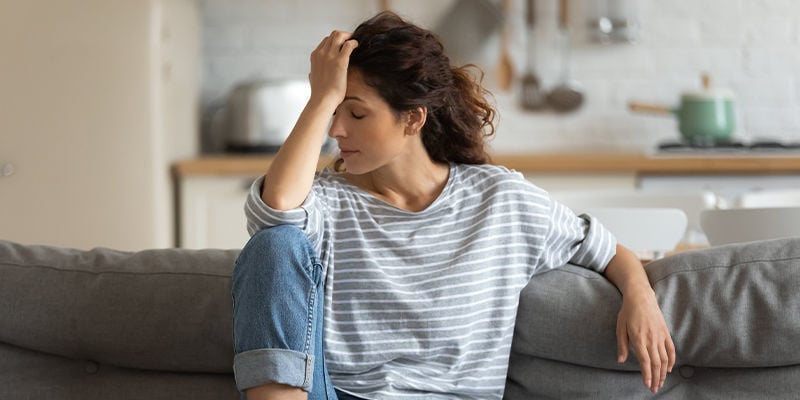
Microdosing is generally deemed safe, but it’s not without some risks.
The primary risk is that you overdo it and end up high. Even at very low doses, psychedelics can be disinhibiting, making tasks such as driving extremely dangerous. What’s more, stressful situations can quickly become overwhelming when even slightly high, and this can pose numerous risks and disruptions.
Moreover, some people find that microdosing psychedelics can induce a sort of mania. For people with bipolar disorder, this is a particular risk (Morton et al., 2023), but reports from the community suggest that even people without bipolar disorder can experience similar but milder effects.
For some, taking regular small doses of psychedelics can stimulate the nervous system and make it very hard to calm down, even days or weeks after the last dose, in some cases. As such, it’s very important to keep an eye on yourself and to stop immediately if you find yourself becoming overly stimulated. These effects tend to feel like an overly excited/nervous feeling and can be pleasurable and uncomfortable at the same time.
Examples of a microdosing schedule
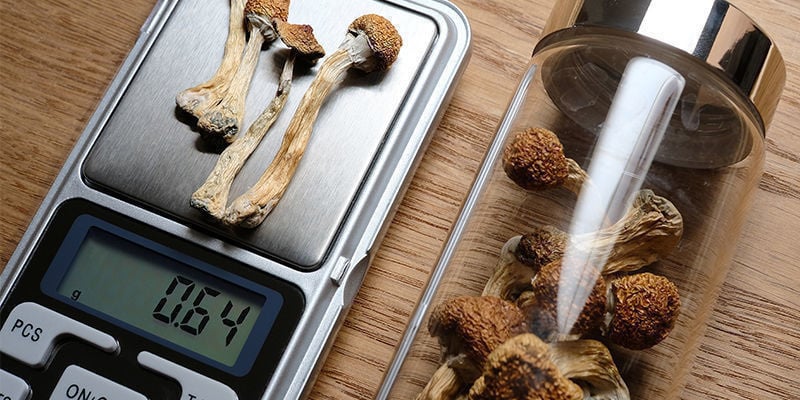
There is no single proven microdosing schedule, although a couple have emerged as the most reliable and most followed. The most common microdosing schedule is to dose every third day—this is the Fadiman protocol. The rationale behind this is that you experience the dose on one day, followed by one day of “afterglow” effects, then one “normal” day to rest and reset your tolerance.
This cycle often takes place over a period of ten weeks, during which you observe your experience, take notes, and follow your normal daily routine while doing so. Interesting changes to look out for include any modification in behaviour, outlook, emotions, and energy levels. Obviously, if any negative effects are experienced, you may choose to stop microdosing.
There are variations on this protocol. Some people prefer to microdose every fourth day or less, while others microdose sporadically, when the mood strikes them. Microdosing every day tends not to work, for two reasons; one, the body builds up a tolerance to psychedelics quickly, and so microdosing daily will bring diminishing returns. Two, microdosing daily can take a toll on the mind and tip the balance towards negative symptoms like lethargy. A similar argument applies to microdosing every other day, though this schedule does have its proponents.
Do some research and, most importantly, experiment to see what works best for you. For some people, a sporadic model works very well, listening to the rhythms of your body and mind rather than sticking to a preset schedule.
Also, note that it’s advised to take your doses early in the day, as even microdoses can make it hard to fall asleep at night.
Does microdosing really work?

It certainly seems likely that microdosing has the potential to positively influence people’s lives, as many vouch for this practice. Namely, many report increased creativity, mood, energy, and focus. However, what remains to be seen is whether microdosing is truly sub-perceptual, as most people who microdose do admit to feeling different on the days they do it. It’s also interesting to consider if taking less frequent but larger doses would have the same cumulative effects or not.
If it intrigues you, microdosing presents few risks if practised mindfully. This article only scratches the surface, so if you’re interested, take a further look at drug-specific microdosing guides.

- Malík M, & Tlustoš P. (08/17/2022). Nootropics as Cognitive Enhancers: Types, Dosage and Side Effects of Smart Drugs - https://pubmed.ncbi.nlm.nih.gov
- Morton E, Sakai K, Ashtari A, Pleet M, Michalak EE, & Woolley J. (2023 Jan). Risks and benefits of psilocybin use in people with bipolar disorder: An international web-based survey on experiences of 'magic mushroom' consumption - https://pubmed.ncbi.nlm.nih.gov
- France
- Germany
- International
- Italy
- Netherlands
- Polska
- Portugal
- Spain
- United Kingdom
- United States
Related Products
-
€ 27,49 € 23,37
-
€ 29,99 € 25,49
-
-
-
€ 27,50
-
€ 13,99 € 11,89
-
€ 12,50
-
€ 2,50
-
€ 6,00
-
-
€ 14,99 € 11,24+7 Extra Gift Points
-
-
€ 22,99 € 19,54
-
€ 23,95
-
€ 51,99
-
€ 14,99 € 11,24+7 Extra Gift Points
-
€ 59,99
-
€ 14,99 € 11,24+7 Extra Gift Points
-
+8 Extra Gift Points
-
€ 2,75
-
€ 0,59
-
€ 3,99
-
-
€ 5,00
-
€ 39,99
You might also like
-
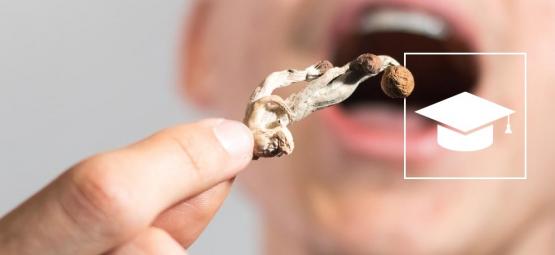
 3 min
26 June 2023
Using Magic Mushrooms For Studying: Does It Help?
When exam period approaches, it can be tempting to turn to drugs to assist us in our studies. But how can you use them in a way that actually helps? In this article, we delve into the topic of using p ...
3 min
26 June 2023
Using Magic Mushrooms For Studying: Does It Help?
When exam period approaches, it can be tempting to turn to drugs to assist us in our studies. But how can you use them in a way that actually helps? In this article, we delve into the topic of using p ...
-
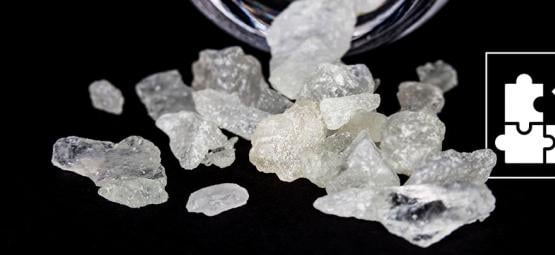
 4 min
20 March 2023
Microdosing MDMA: What You Need To Know
The practice of microdosing is becoming increasingly popular, with LSD and psilocybin among the most popular substances in this context. But what about other drugs? In this article, we discuss the pot ...
4 min
20 March 2023
Microdosing MDMA: What You Need To Know
The practice of microdosing is becoming increasingly popular, with LSD and psilocybin among the most popular substances in this context. But what about other drugs? In this article, we discuss the pot ...
-
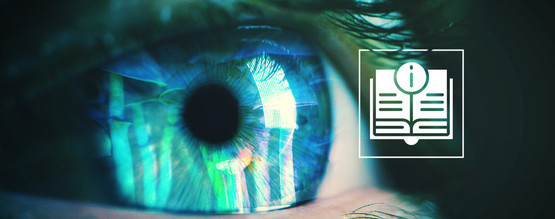
 6 min
12 January 2020
A Definitive Guide To The Cognitive Effects Of Psychedelics
Many people know that psychedelics can influence how we think and feel. Below, we break down the different cognitive effects of psychedelics, and explore various enhancements and suppressions in more ...
6 min
12 January 2020
A Definitive Guide To The Cognitive Effects Of Psychedelics
Many people know that psychedelics can influence how we think and feel. Below, we break down the different cognitive effects of psychedelics, and explore various enhancements and suppressions in more ...
-
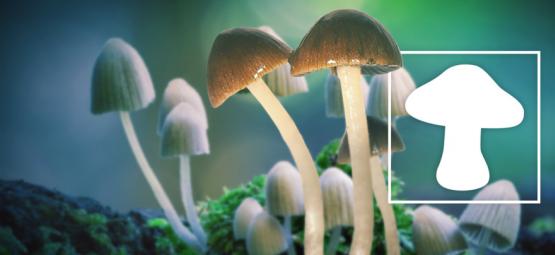
 3 min
29 October 2019
Magic Mushrooms Are The Safest Drug
A psilocybin trip can be fun and enlightening, but just how safe is it to trip on magic mushrooms? In this article, we’ll take a deep dive into the world of magic mushrooms, and show you just how sa ...
3 min
29 October 2019
Magic Mushrooms Are The Safest Drug
A psilocybin trip can be fun and enlightening, but just how safe is it to trip on magic mushrooms? In this article, we’ll take a deep dive into the world of magic mushrooms, and show you just how sa ...
-
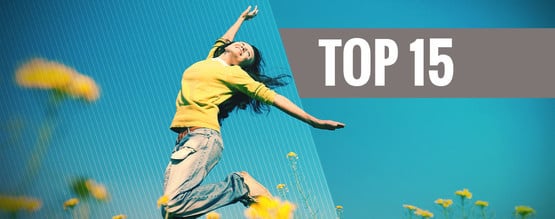
 7 min
16 August 2019
Top 15 Natural Herbs For Energy & Vitality
Natural herbs are an excellent way to stay energised. With the demands of today's fast-paced society, it's easy to rely on coffee and energy drinks to get through the day. Unfortunately, these drinks ...
7 min
16 August 2019
Top 15 Natural Herbs For Energy & Vitality
Natural herbs are an excellent way to stay energised. With the demands of today's fast-paced society, it's easy to rely on coffee and energy drinks to get through the day. Unfortunately, these drinks ...
-
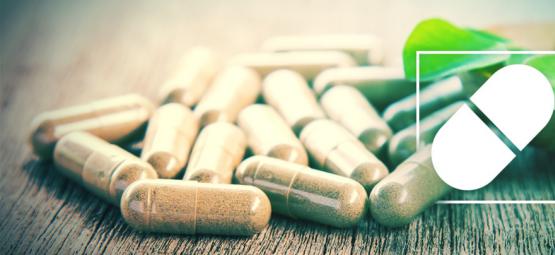
 3 min
11 November 2017
The Best Herbs For Making Capsules At Home
Making your own capsules is an easy and satisfying way to start supplementing with herbs. Most of the herbs listed here have been researched to a reasonable degree and display a wide range of potentia ...
3 min
11 November 2017
The Best Herbs For Making Capsules At Home
Making your own capsules is an easy and satisfying way to start supplementing with herbs. Most of the herbs listed here have been researched to a reasonable degree and display a wide range of potentia ...
Categories
-
Seedshop
- Feminized Cannabis Seeds
- Autoflower Seeds
- Regular Cannabis Seeds
- F1 Hybrids
- CBD Seeds
- Zamnesia Seeds
- Top 10 Autoflowering Seeds
- Top 10 Regular Seeds
- Top 10 USA Cannabis Strains
- Top 10 Feminized Seeds
- Beginner Strains
- Below 1% THC
- Classic Cannabis Strains
- Cup Winners
- F1 Hybrids
- Fast Flowering Seeds
- High CBD Strains
- High THC Strains
- Mix Packs
- Zamnesia Exclusive Collabs
- Amnesia Seeds
- Blueberry Seeds
- Cheese Seeds
- Diesel Seeds
- Gorilla Seeds
- Haze Seeds
- Kush Seeds
- Purple Seeds
- Skunk Seeds
- White Widow Seeds
- Northern Lights Seeds
- Granddaddy Purple Seeds
- OG Kush Seeds
- Blue Dream Seeds
- Lemon Haze Seeds
- Bruce Banner Seeds
- Gelato Seeds
- Sour Diesel Seeds
- Jack Herer Seeds
- Girl Scout Cookies Seeds (GSC)
- Wedding Cake Seeds
- Zkittlez Seeds
- Pineapple Express Seeds
- Chemdawg Seeds
- Hindu Kush Seeds
- Mimosa Seeds
- Zamnesia Seeds
- ACE Seeds
- Advanced Seeds
- Afghan Seed Connection
- Amsterdam Genetics
- Anesia Seeds
- Auto Seeds
- Barney's Farm
- Big Buddha Seeds
- Blimburn Seeds
- Bomb Seeds
- BSB Genetics
- BSF Seeds
- Buddha Seeds
- The Cali Connection Seeds
- CBD Seeds
- Compound Genetics
- Cookies Seed Bank
- Delicious Seeds
- DNA Genetics
- Doctor's Choice
- Dr. Underground
- Dutch Passion
- Elite Seeds
- Eva Seeds
- Exotic Seed
- Expert Seeds
- FastBuds
- Female Seeds
- French Touch Seeds
- Garden of Green
- GeneSeeds
- Genehtik Seeds
- G13 Labs
- Grass-O-Matic
- Greenhouse Seeds
- Growers Choice
- Humboldt Seed Company
- Humboldt Seed Organization
- Kalashnikov Seeds
- Kannabia
- The Kush Brothers
- Light Buds
- Little Chief Collabs
- Medical Seeds
- Ministry of Cannabis
- Mr. Nice
- Nirvana Seeds
- Original Sensible
- Paradise Seeds
- Perfect Tree
- Pheno Finder
- Philosopher Seeds
- Positronics Seeds
- Purple City Genetics
- Pyramid Seeds
- Rare Dankness
- Reggae Seeds
- Resin Seeds
- Ripper Seeds
- Royal Queen Seeds
- Sagarmatha Seeds
- Samsara Seeds
- Seedstockers
- Sensation Seeds
- Sensi Seeds
- Serious Seeds
- Silent Seeds
- Solfire Gardens
- Soma Seeds
- Spliff Seeds
- Strain Hunters
- Sumo Seeds
- Super Sativa Seed Club
- Super Strains
- Sweet Seeds
- TICAL
- T.H. Seeds
- Top Tao Seeds
- Vision Seeds
- VIP Seeds
- White Label
- World Of Seeds
- Seed Banks
-
Headshop
-
Vaporshop
-
Healthshop
-
Smartshop
- Top 10 Smartshop
- Kratom Dosage Calculator
- Zamnesia Gift Cards
- After Party
- Aphrodisiacs
- Aromatherapy
- Blue Lotus
- CBD Vape Juice
- Capsule Machines
- Crystals, Gemstones & Minerals
- Dream Herbs
- Drug Tests
- Extracts
- Happy Caps
- Herbal Tea
- Herbs & Seeds
- Incense
- Kanna
- Kratom
- LSA Seeds
- Mescaline Cacti
- Microdosing
- Nootropics
- Relaxing
- Salvia divinorum
- Smart Seeds
- Stimulants
- Supplements
- Tinctures
- Vape Herbs
-
Shroomshop
-
Growshop
- Top 10 Growshop
- Top 10 Plant Seeds
- All Seeds
- Cacti
- Chili & Pepper Seeds
- Companion Plants
- Edible Plant Seeds
- Exotic Seeds
- Flower Seeds
- Fruit Seeds
- Herb Seeds
- Interior Plant Seeds
- Microgreens
- Psychoactive Plant Seeds
- Sprouting
- Vegetable Seeds
- Wellness Plant Seeds
- After Harvest
- Climate Control
- Fertilizer
- Grow Tents
- Harvest, Dry & Cure
- LED Grow Lights
- Plant Seeds
- Propagation
-
Merchandise
-
Sale section
Categories
Discover
Help & Info
Tools
Our website won't work without these cookies activated. Therefore functional cookies can't be disabled.





